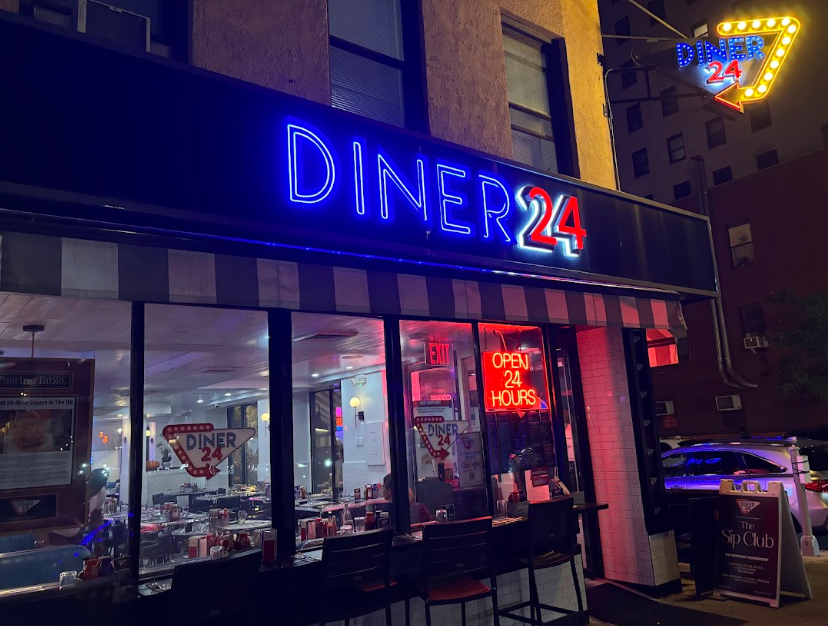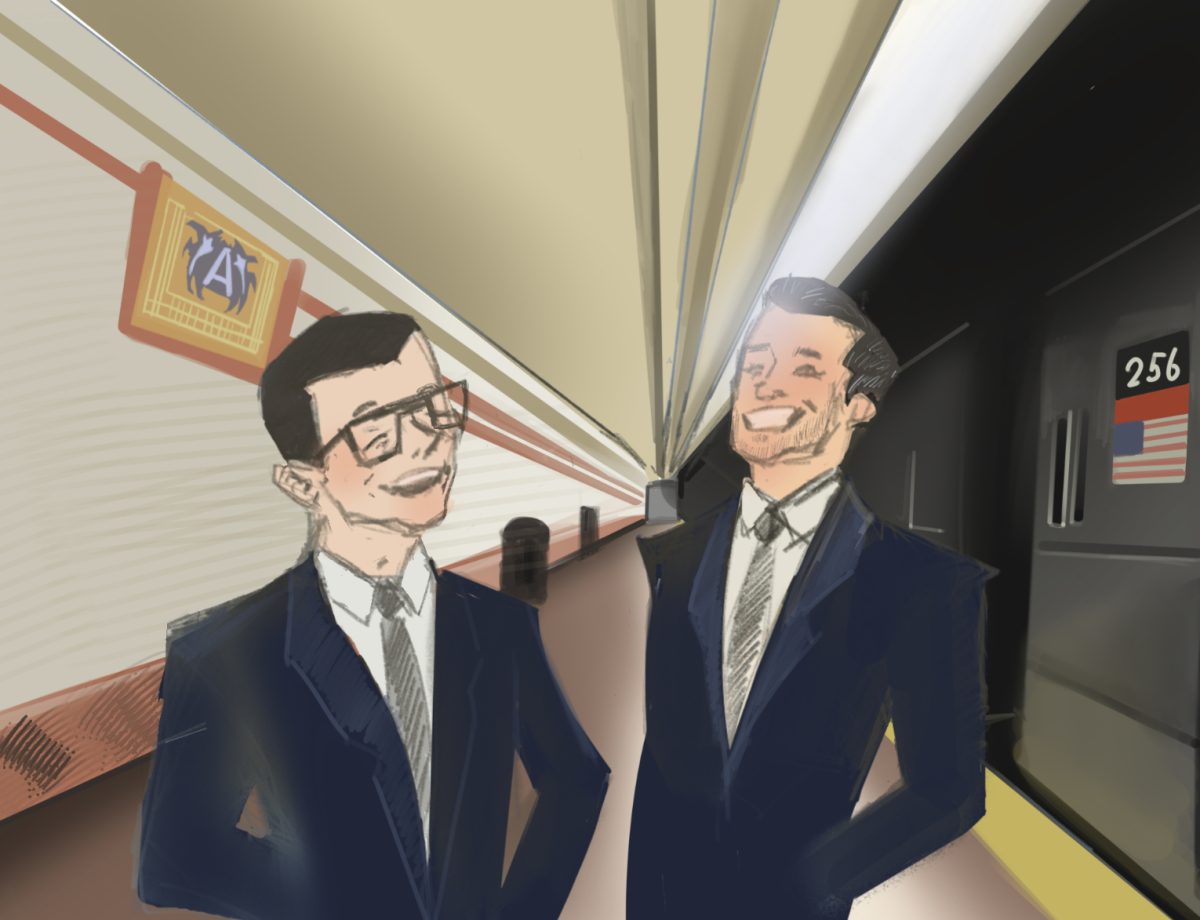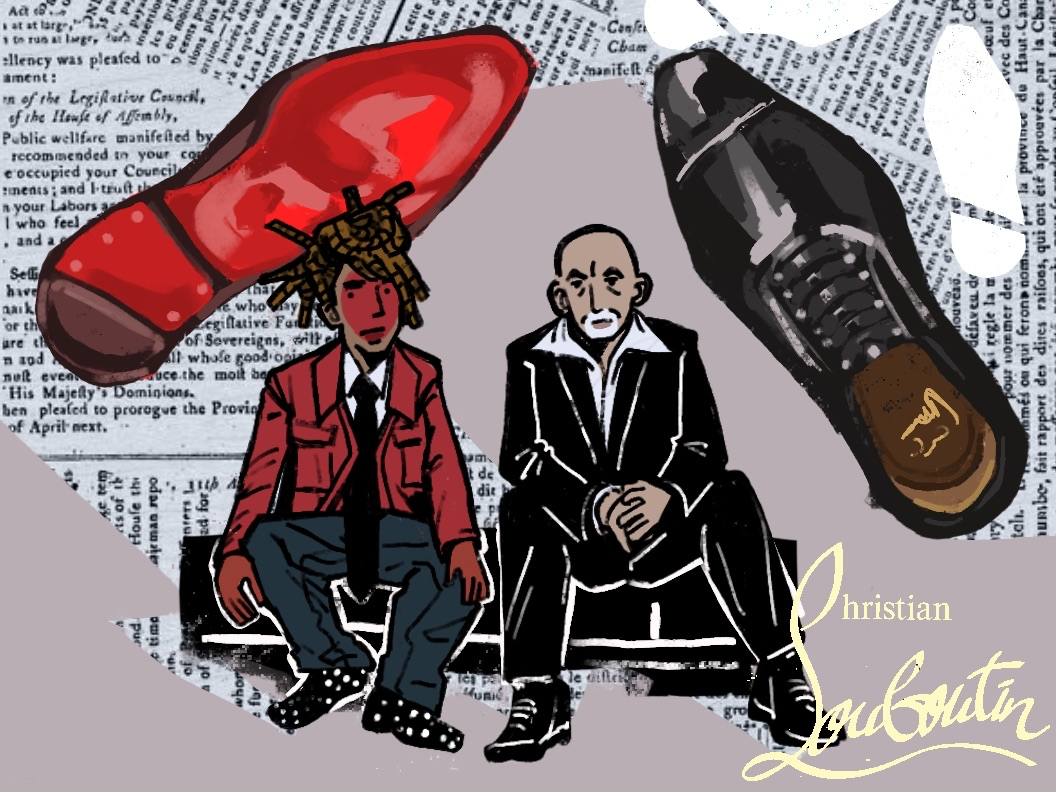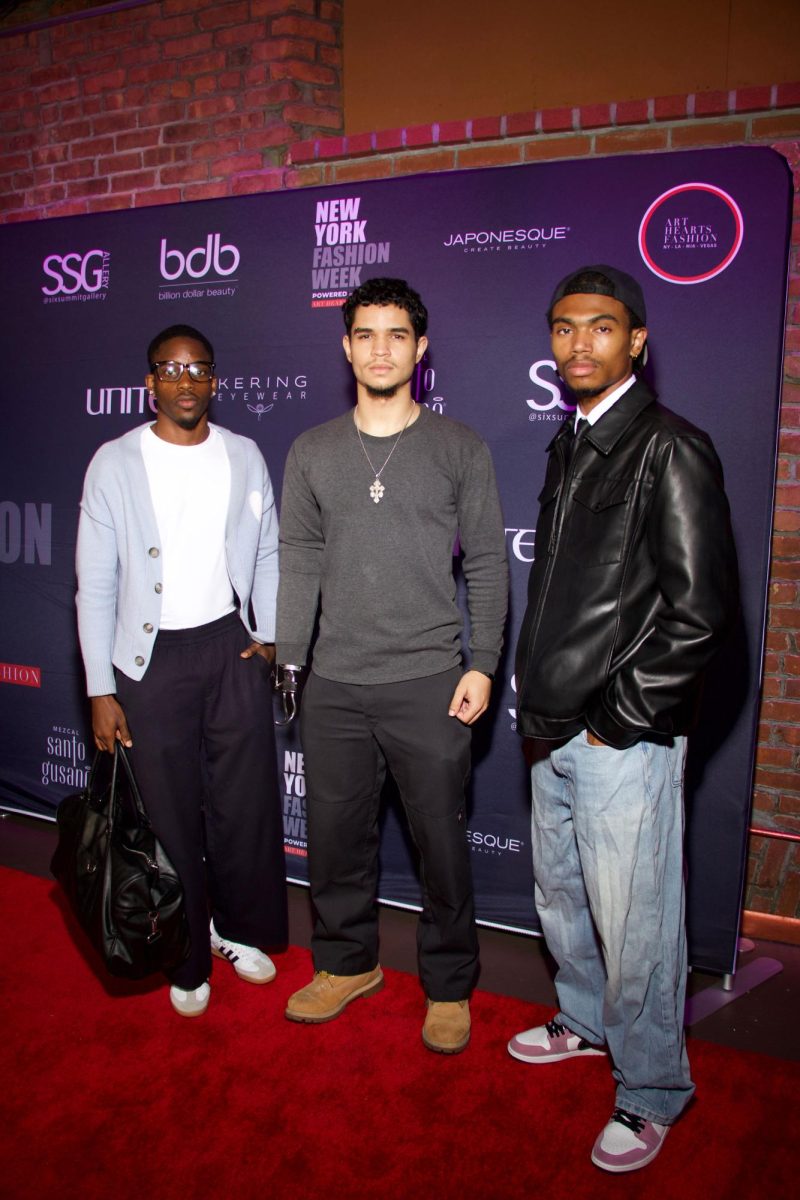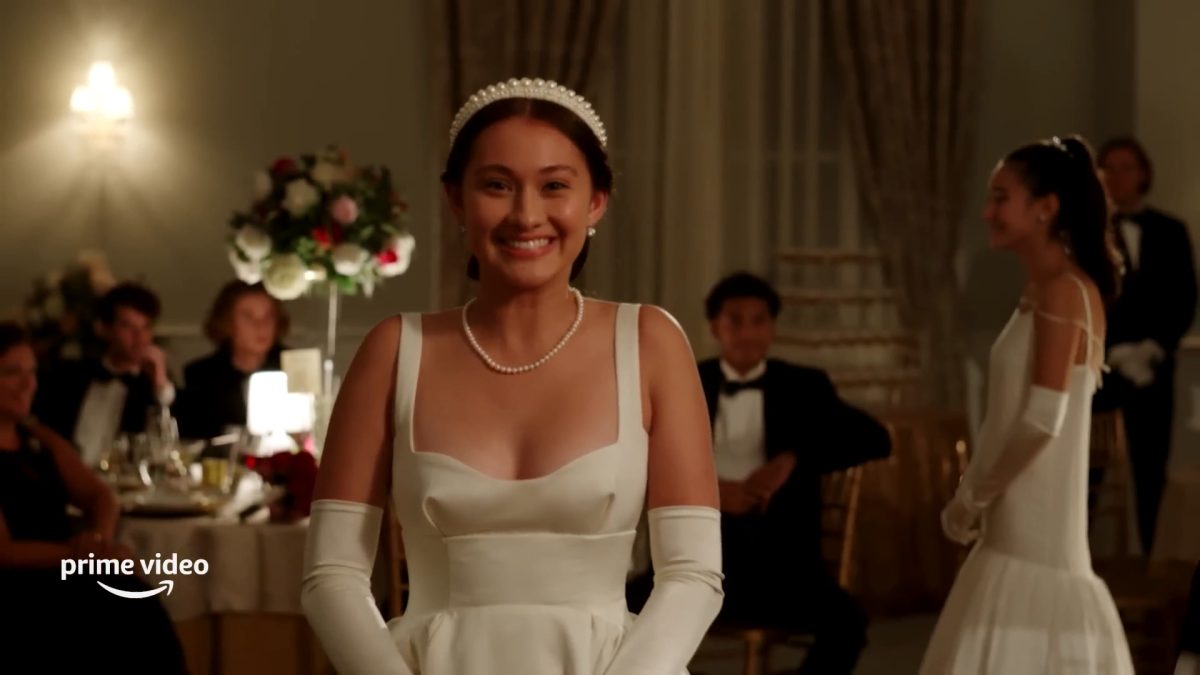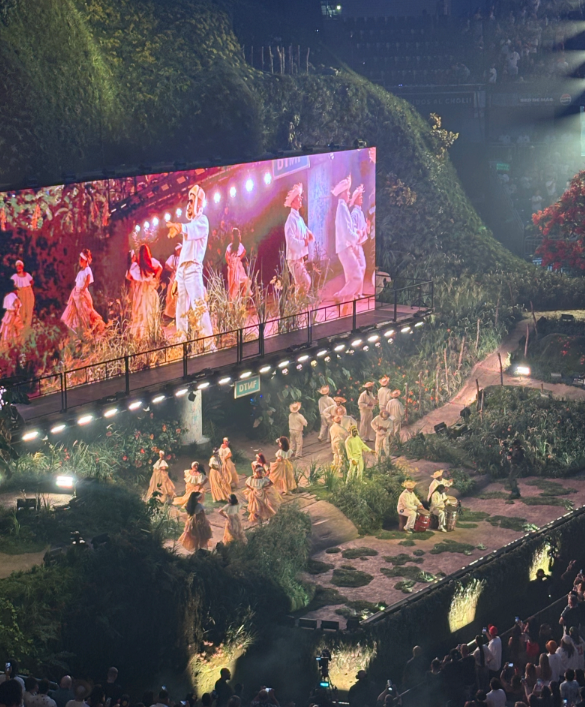Todd Phillip’s “Joker,” released in October 2019, was a rousing success. The film was critically acclaimed and received numerous accolades, including Joaquin Phoenix’s Oscar for Best Actor and a nomination for Best Picture. The film grossed over a billion dollars against a budget of under $60 million and held the record as the highest-grossing rated R film prior to 2024. It’s no surprise that fans had high expectations for its sequel, “Joker: Folie à Deux,” but many were unfortunately left very disappointed.
Audience members claimed they were unprepared to view a musical film, although the music aspect was very prevalent in the trailers released prior to the premiere. The film follows the Joker, also known as Arthur Fleck, awaiting trial after numerous brutal murders. While incarcerated at Arkham State Hospital, the Joker meets Harley, or Lee Quinzel, who becomes his ‘partner in crime’ as they plan out a future for themselves.
Deciding to make the sequel to the beloved “Joker” film a musical is a hilarious decision if it was intentionally made to disappoint the toxic fans of the first film. After the release of the 2019 “Joker,” there was an uprising in fans who practically idolized Fleck for his destructive behaviors and his choices to stand up to society. These individuals felt nearly empowered by his actions, instead of appalled by them. Though that wasn’t the intent of director Phillips, it is inarguable that the first film brought forth a strange and unprecedented reaction.
A musical seems exactly like the kind of film genre that would be violently and passionately hated by the ‘mega-fans’ of the “Joker” film. This raises the question of why Phillips chose this route for the sequel. The highest likely possibility, and the most discussed one, is that it was intentionally made this way, which resulted in it being made for absolutely no one at all.
Musical fans aren’t gravitating to films such as “Joker,” and fans of comic book films are most likely not expecting their favorite character to break out into song. However, the Joker is a character unlike others within the DC universe, and it is reasonable that his beyond-demented mental state would be dealt with in an unusual way, such as turning to a life of imagination and fantasy as a form of escapism.
Regarding the casting, there was slight outrage over the decision to cast pop star Lady Gaga to embody the role of Harley Quinn, though her performance in this film is not nearly the worst thing about it. Both Gaga and Phoenix deliver solid performances, as good as they could be given the lackluster writing and unexpected premise.
Overall, the film was boring. It was slow and lacked any real substance; it felt like something extra rather than something necessary. “Joker” could’ve worked very well as a standalone film since it was an incredible success and a well-made, entertaining movie.
The sequel did nothing; it didn’t tell the audience anything about Arthur and it didn’t further his story in any meaningful way. The build-up to the trial and the sentencing was a mess. At times, certain decisions seemed random and totally unnecessary, making it feel as though the writers were coming up with plot points as the film went on.
However, the film isn’t all bad, as the cinematography is incredible. The film is so visually stunning, and practically every frame can be hung up and displayed in a museum. The cinematographer, Lawrence Sher, who also worked on the 2019 “Joker” film, created an amazingly captivating viewing experience. Unfortunately, everything else was just barely bearable to sit through.
Film critic Roger Ebert said something perfectly fitting: “There are good films, and there are good-looking films,” meaning that some films prioritize aesthetics over compelling storytelling. Through and through, “Joker: Folie à Deux” is a ‘good-looking film.’ The visuals are the only thing it has going for it.



